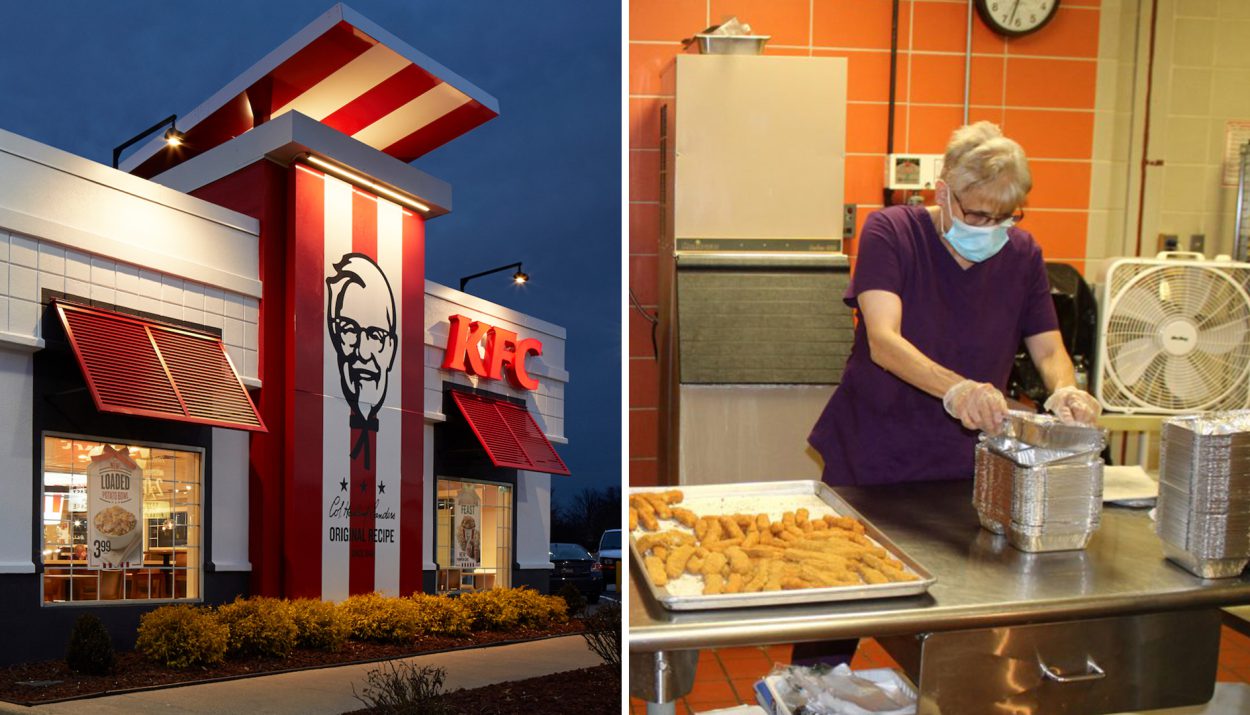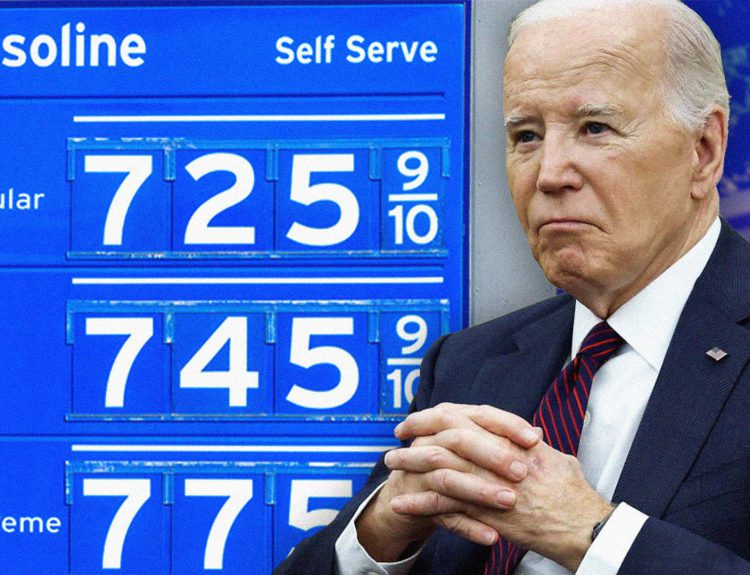The groundbreaking move to change the minimum wage for fast food workers to $20 has introduced a unique set of challenges. Public schools now find themselves grappling with giant fast-food corporations for the same pool of employees. Fast food giants like McDonald’s, Wendy’s, and Pizza Hut have now become competitors for the staff that keep school cafeterias going.
Not Applicable To School Cafeteria Employees
California increased the minimum wage for fast food workers in the state, guaranteeing that employees working at chains with at least 60 locations nationwide would receive $20 an hour.

Sadly, this doesn’t apply to school food service workers, who historically have been some of the lowest paid employees in the public education system.
Low Wages
A report from the California School Nutrition Association and the Chef Ann Foundation revealed that the school districts have a constant issue with recruiting and retaining staff because of low wages.

The report says that “persistent staffing issues” are leading to the use of more pre-packaged food and longer lines for lunch, with many students just choosing to skip meals because of this.
The Challenges
Cafeteria shortages are not uncommon in the United States. A recent report for the School Nutrition Association showed that the majority of surveyed districts were facing “significant challenges” when it came to staffing cafeterias.
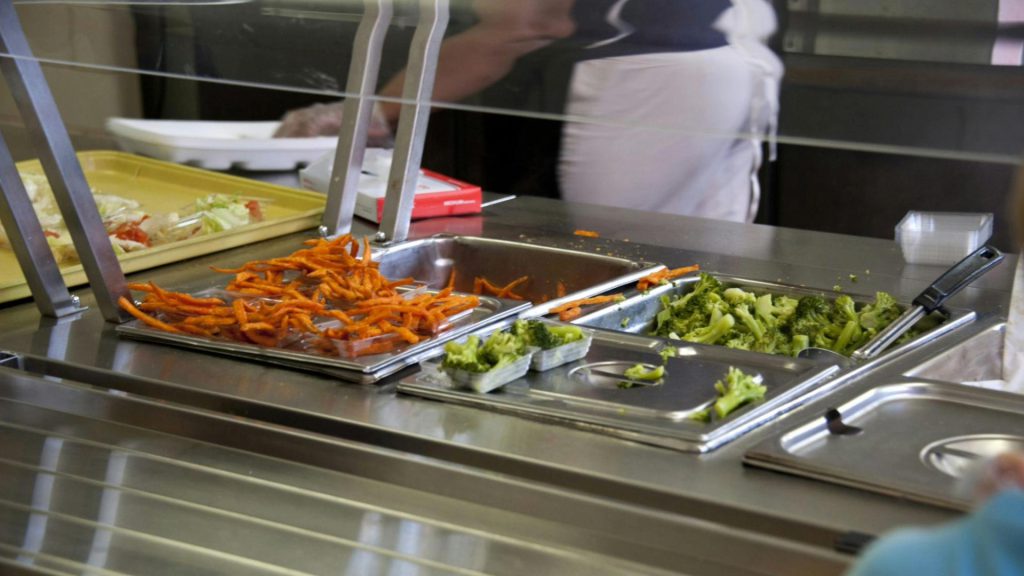
“There’s a shortage every day because it doesn’t pay well,” says Roxanne Beissel, who earns $15 an hour cooking in Hastings, Minnesota, schools. The combination of high stress and low wages, cook Roxanne Beissel explains, “is definitely not appealing to a lot of people.”
The Biggest Challenges
A food service specialist in Indian River public schools in Florida, Mary Dotsey, told Jacobin, “When we’re short-staffed, that means not all the food is getting cooked. So we’re running out by third lunch, and we’re scrambling.”
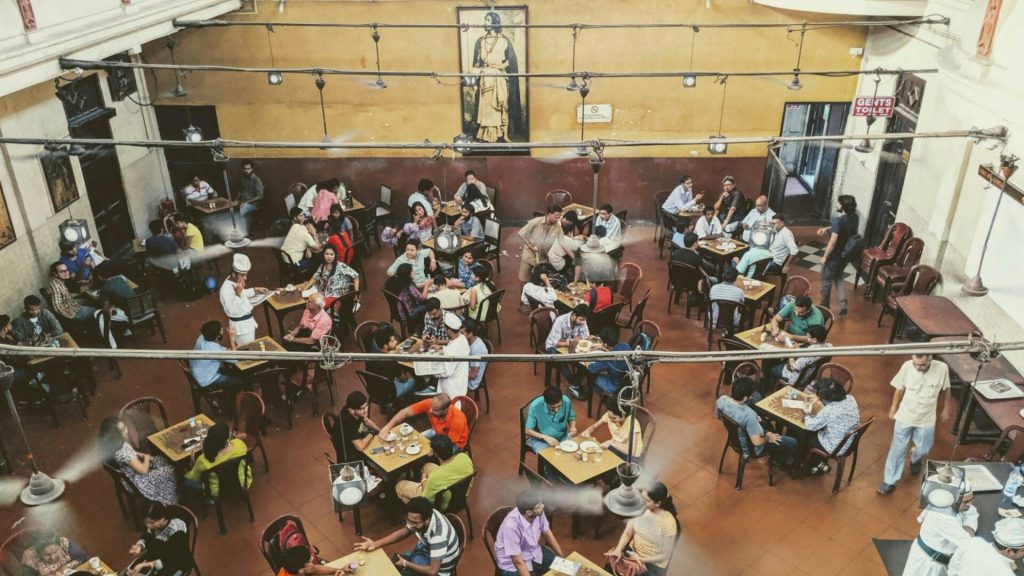
States offering free meals seem to lack understanding that the increase in meal participation has contributed to staff shortages.
The Staffing Crunch
Schools have always struggled with a high turnover and staffing issue in their cafeterias. With the recent wage increase, this is expected to intensify.
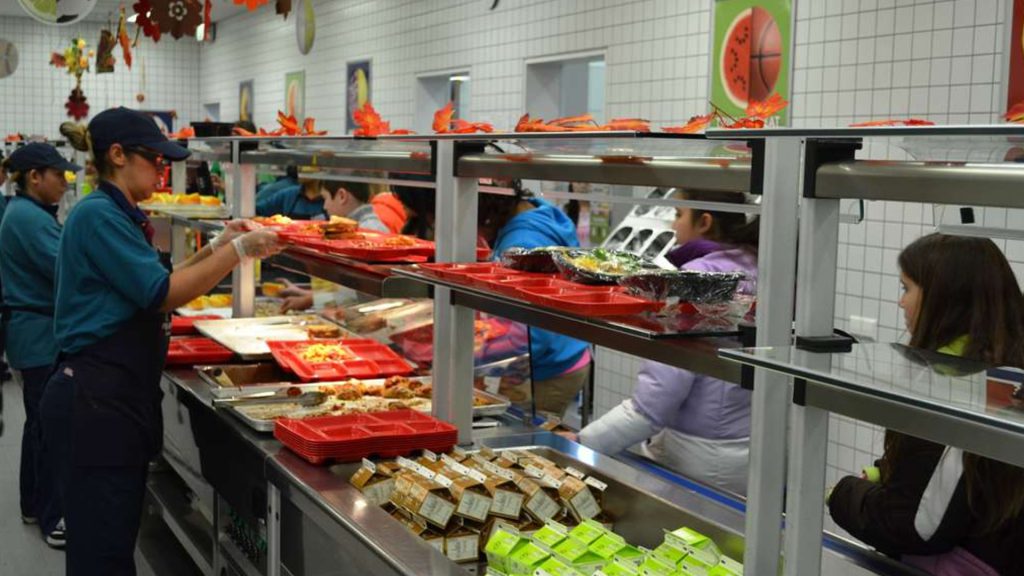
Carrie Bogdanovich, president of the California School Nutrition Association said, “They are all very worried about it. Most are saying they anticipate it will be harder and harder to hire employees.”
Free School Meals In California
The state’s dedication to offer free meals everyday has caused an uptick in the demand for cafeteria staff.
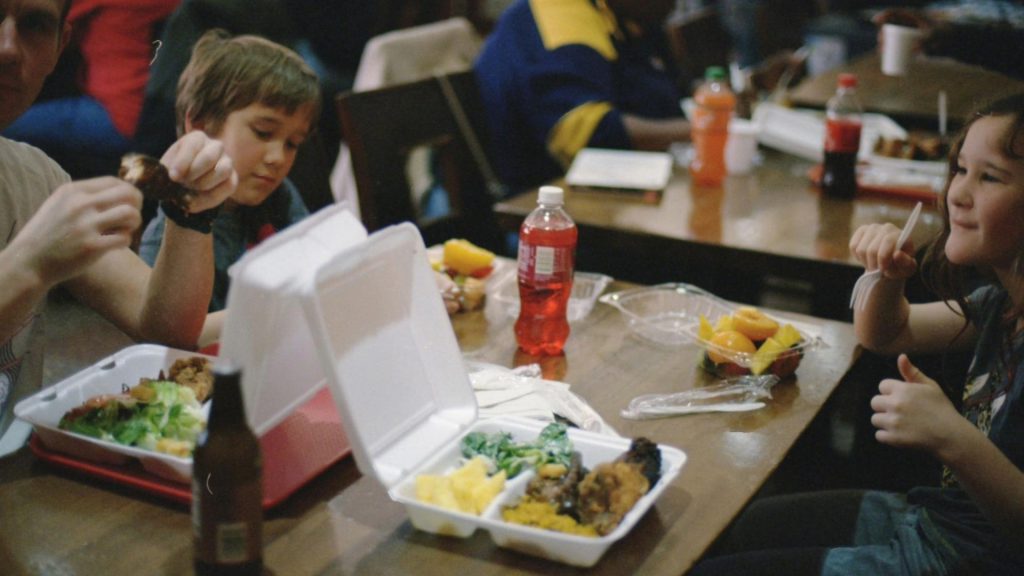
With an estimated delivery of 70 million more meals this year compared to five years ago, the necessity to have a dedicated cafeteria workforce has never been more important.
Retitling The Job
Certain districts are making attempts to entice people to become service workers by limiting the number of entry-level positions and seeking higher-skilled workers.

Complex roles like “culinary lead” and “central kitchen supervisor” require more skills and hours. This is meant to make the job more appealing to applicants.
Wage Gap Gets Bigger
The stark contrast in pay between school cafeteria workers and fast food employees is becoming blatantly obvious.

For example, in Fresno, a school district cafeteria worker could earn as little as $15 an hour, an amount that is significantly lower than the fast food minimum wage.
Full-Time Cafeteria Worker Just Isn’t Enough
A considerable number of cafeteria service workers classify themselves as part-time, even the “full-time” cooks. And even though these employees typically work an average of six and a half hours a day for nine to ten months a year, the vast majority find themselves needing another job just to survive.
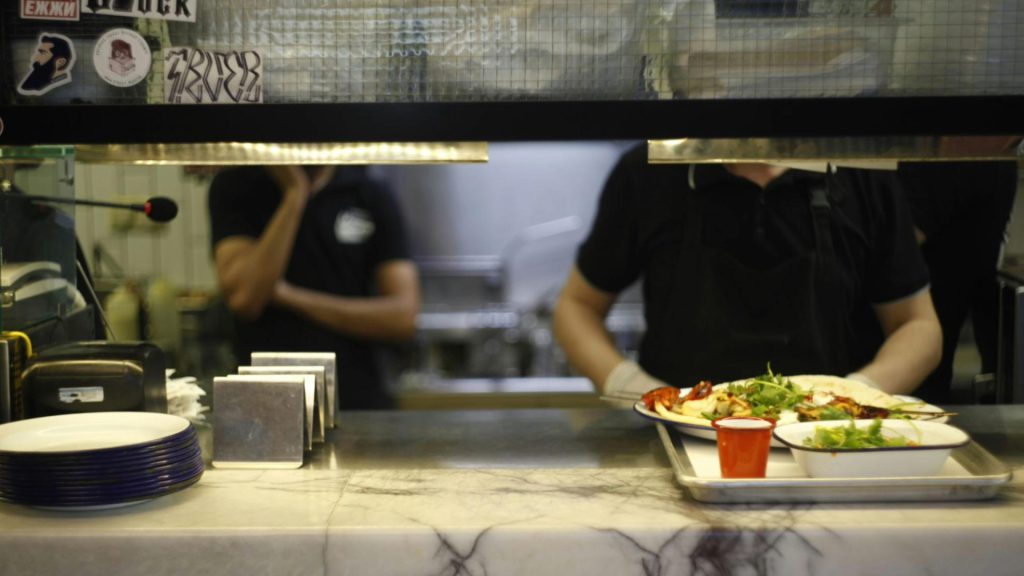
Others are reliant on public assistance.
Schools Making Moves Ahead Of Time
In an effort to mitigate staffing issues, some school districts are being proactive and raising wages for their cafeteria staff.

For example, the Sacramento Unified School District has already implemented a 10% pay raise last year, and has plans to add an additional 6% soon.
Increasing Staff
A report from Fortune stated that the San Luis Coastal Unified School District responded to a 52% surge in school meal participation by increasing its food service staff.

Now preparing 8,500 meals daily across various schools, the district is prioritizing roles that are more appealing to job seekers.
Staying Competitive
The Sacramento Unified School District is taking a more comprehensive approach to address tis wage conflict.
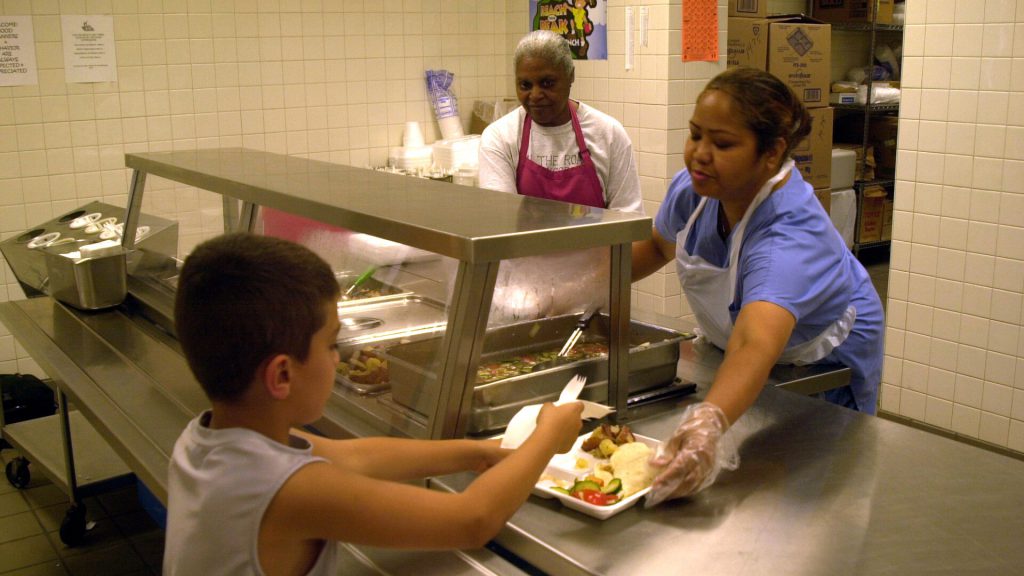
Cancy McArn, the district’s chief human resources officer, said to AP, “We are looking not only at competing with districts and comparing with districts, we’re also looking at fast food places.”
Inside Lynwood’s Dilemma
In the Lynwood Unified School District, beginning wages for food service workers stay around $17.70 per hour, and plato at $21.51.

However, given that these employees only work 3 hours per day, they lose out on getting health benefits.
The Consequences
With all of these difficulties that face the service workers at cafeterias, $20 an hour with less work to do gives these employees a feeling that maybe the grass is greener.

But if there aren’t any service workers, then there isn’t anyone to serve the kids, causing California’s plan to feed every student to crumble.
Paycheck
While health care coverage and other benefits are offered at some schools.

Unfortunately, even if schools do give their employees benefits, they often do not help reduce expenses of care.
Boosting Support
California is ramping up its efforts with significant investments to enhance school meal programs, this includes $720 million for kitchen upgrades,

and $45 million for an apprenticeship program to professionalize the field.
The Average Compensation For Service Workers
According to the data collected by the U.S. Bureau of Labor Statistics, approximately 327,000 people reported to work in food preparation and serving-related occupations at elementary and secondary schools across the United States in May 2023.

These workers have an average hourly wage of $16.78, which is not nearly enough to make end meat in California.
Can’t Increase Pay
Increasing pay could help service workers, but unfortunately it isn’t an option for most school districts.

Gretchen Janson, the assistant superintendent of business services at the Lynwood Unified School District in Los Angeles County, told the AP, “We just don’t have the increase in revenue to be able to provide additional funding for staff.”
Surviving Wages In California
The Bureau of Economic Analysis reported in 2021 that California’s average cost of living is $53,082 annually. For people in densely populated areas such as Los Angeles, people need around $70,000 annually.

Making $15 an hour just isn’t going to cut it, regardless of the fact that these jobs are essential to people’s everyday lives.
Fast Food Paycheck
An anonymous school food service director in California said, “It is difficult when large companies like McDonald’s offer a lot more money per hour.”

They went on to say, “We cannot afford to pay at those rates. Thus, it makes getting qualified and reliable staff difficult.”
Next Crisis For California
Brian Vaccaro, an analyst at Raymond James, told Business Insider,”The repercussions will extend beyond just limited-service restaurants to really include any business that’s competing for a similar level of labor.”

Challenges facing California’s school districts will soon become too large for anyone to ignore.
The Appeal of School Jobs
School districts may not always be competitive with salaries, but they do sometimes offer comprehensive benefits packages that are very appealing to some.

Fortune cited that health insurance, paid vacation, and retirement pensions are part of it, along with stable hours that fast food jobs often can’t offer.
Labor Economics Expert Insight
Michael Reich, a labor economics professor said,

“Working in a school cafeteria gives you more stability, job security and maybe less stress than in a profit making institution. So there’s a lot of advantages from a community standpoint. But that’s not to say they don’t also want to get more money.”
Stability Is A Factor
The stability and predictability offered by school cafeteria jobs helps them stand out, especially compared to the fluctuations of the fast food industry.

Eric Span noted that, “Restaurants are laying off employees. They’re cutting hours”

